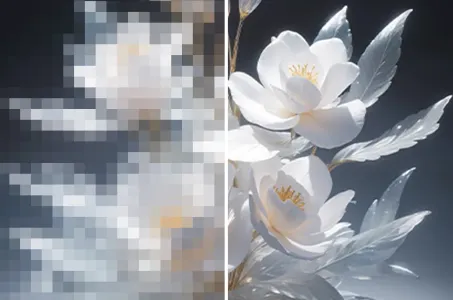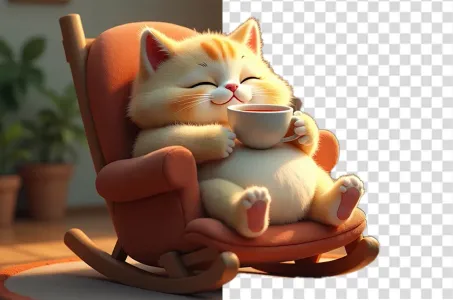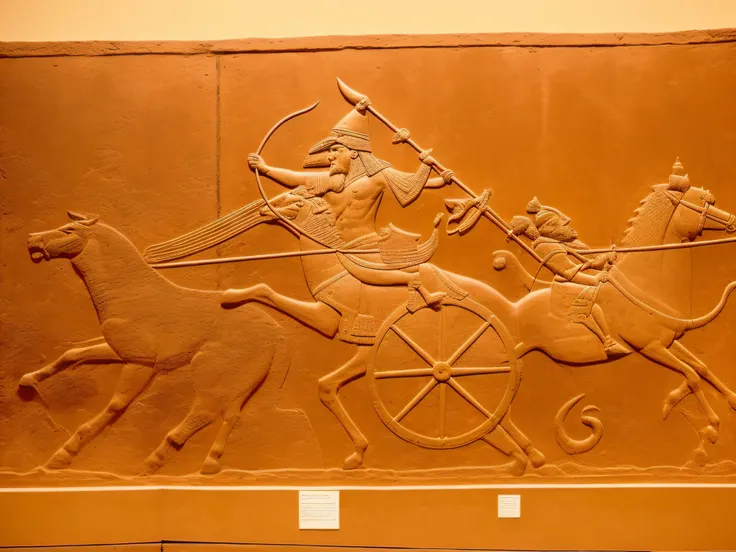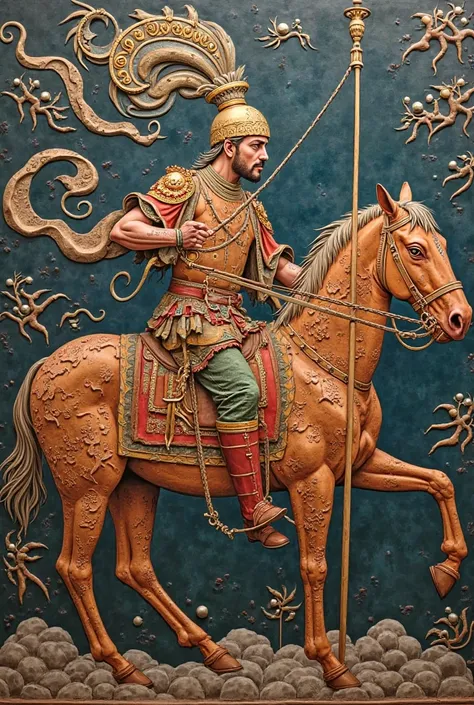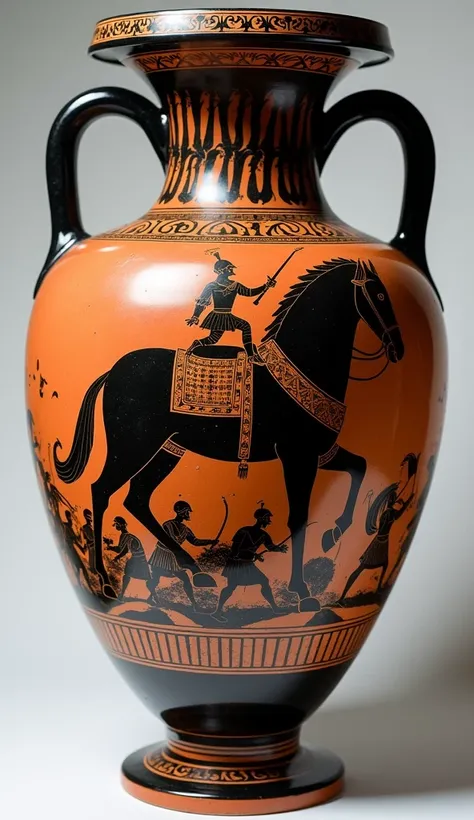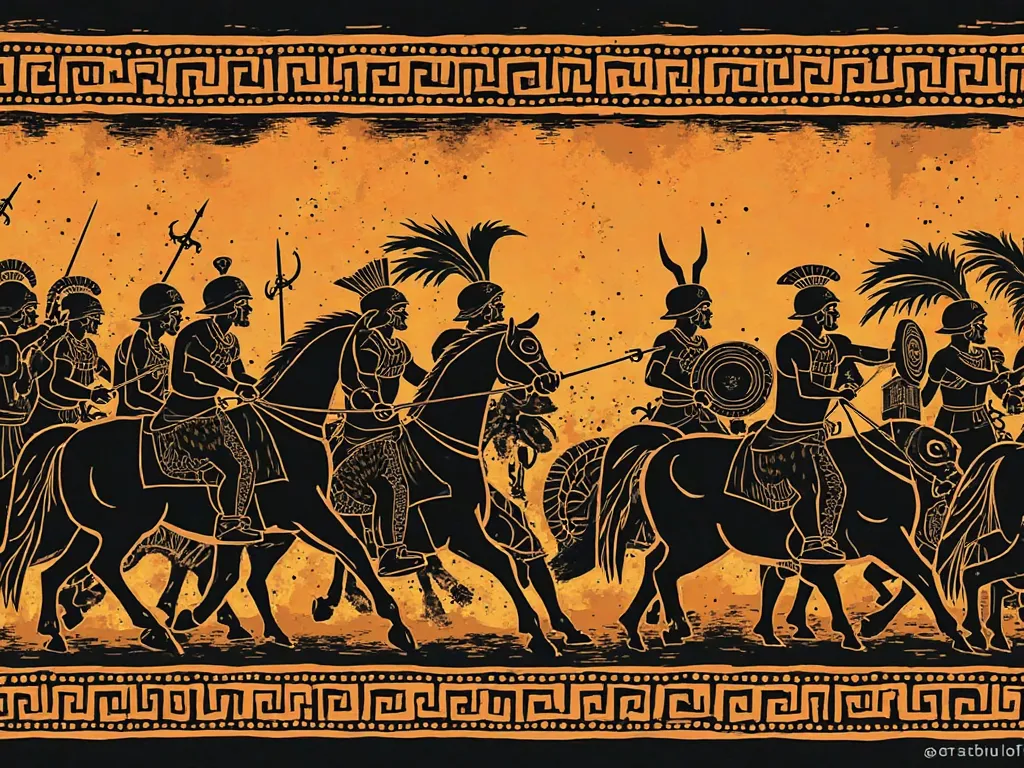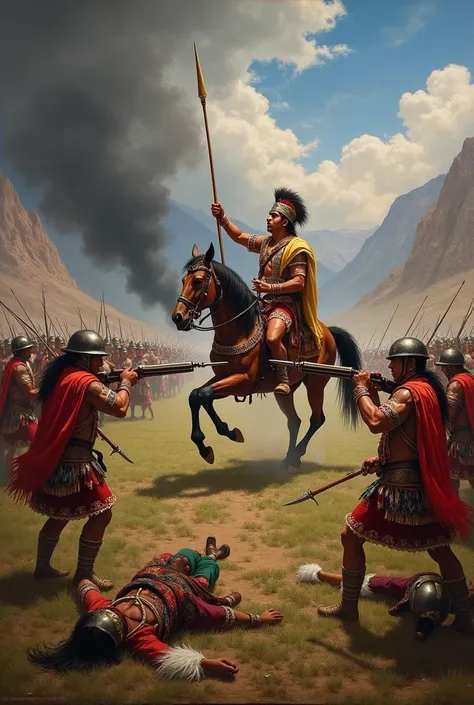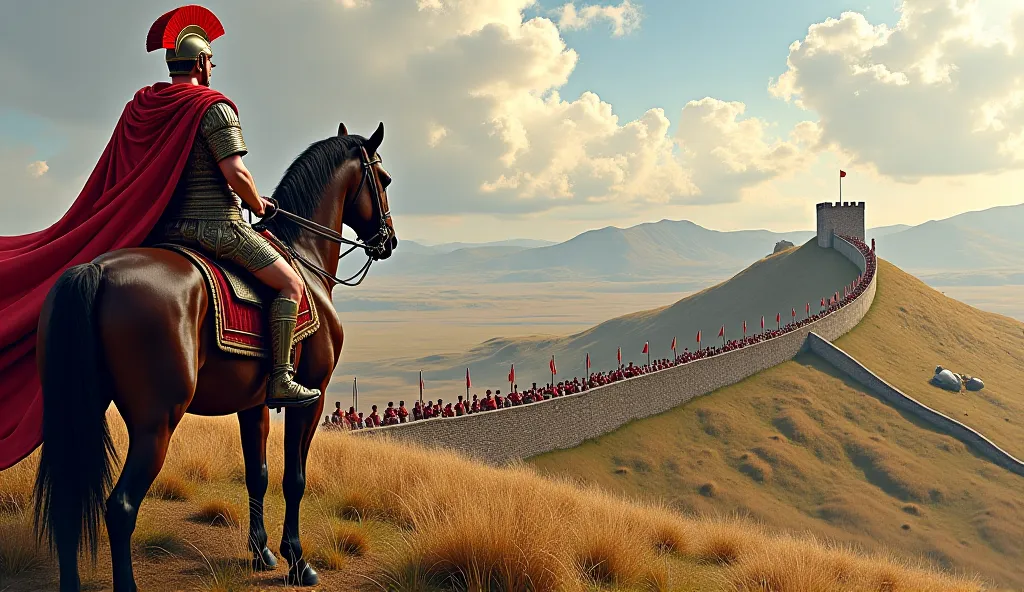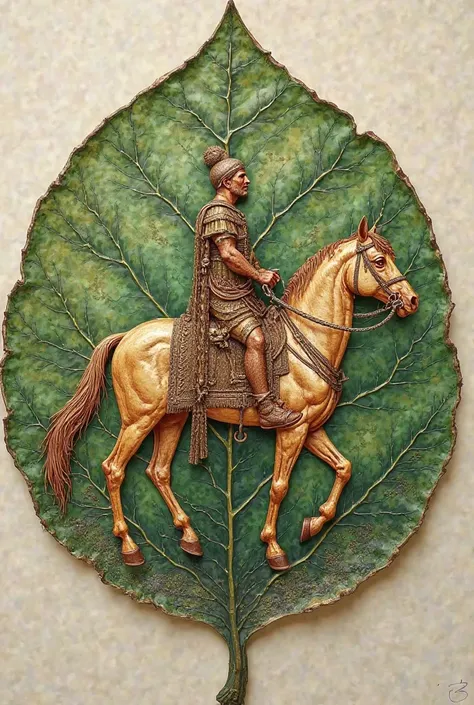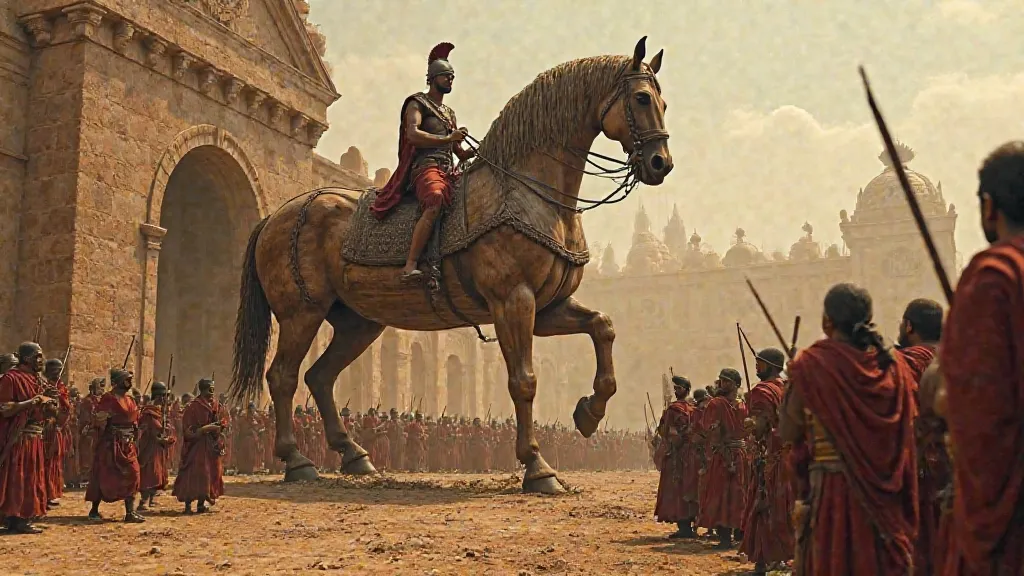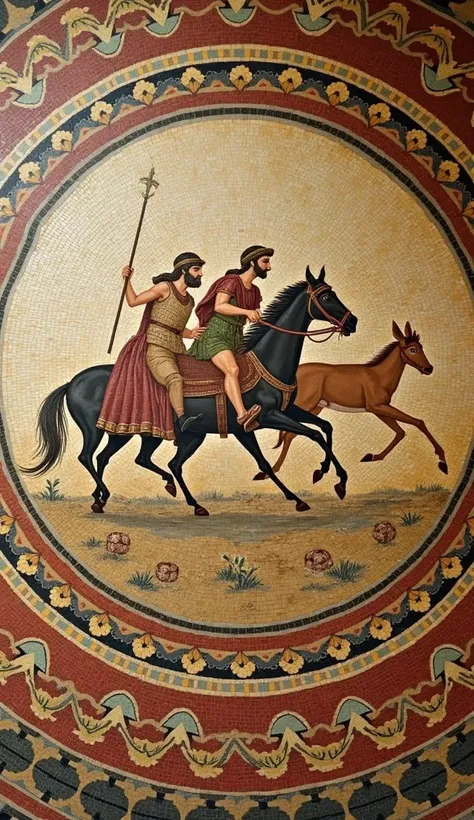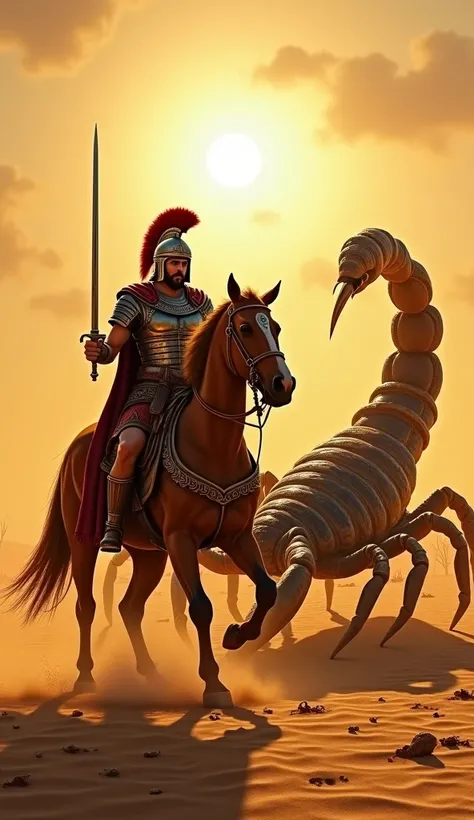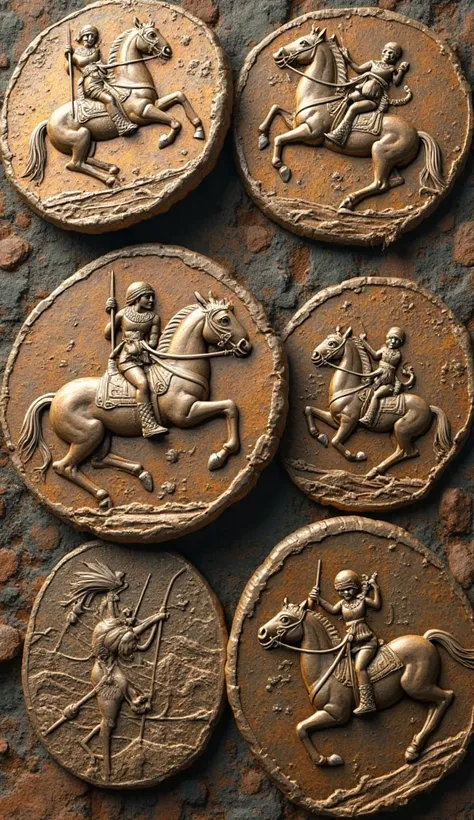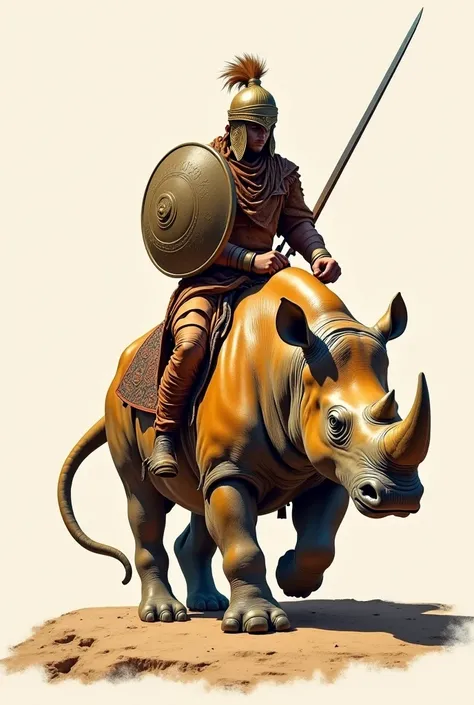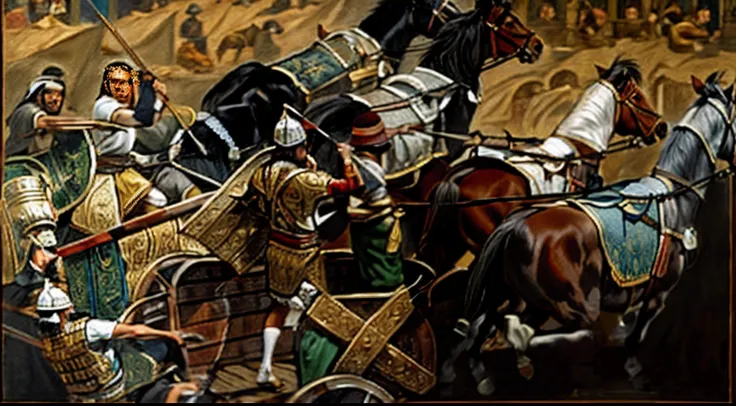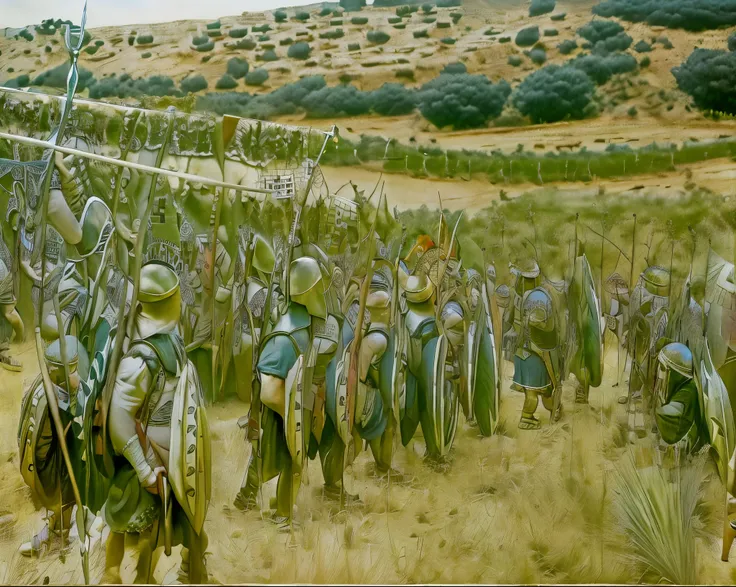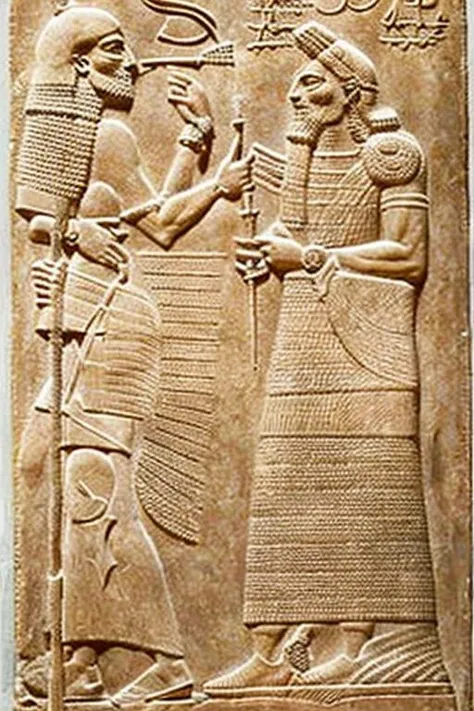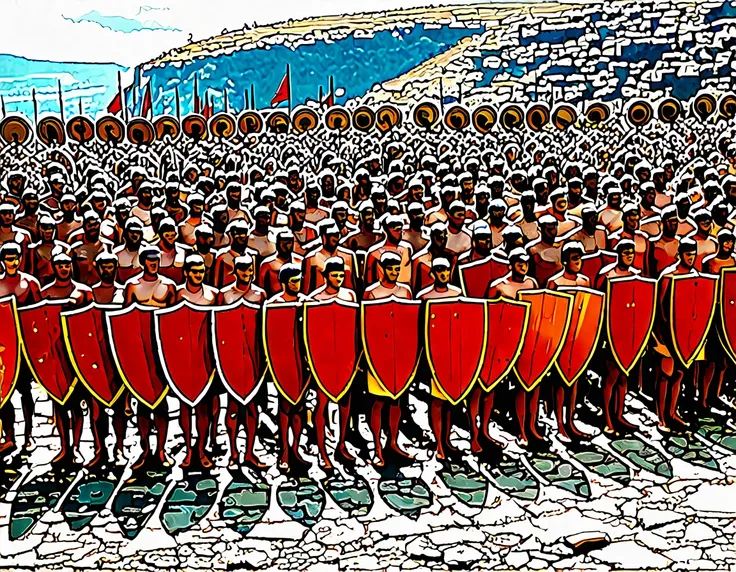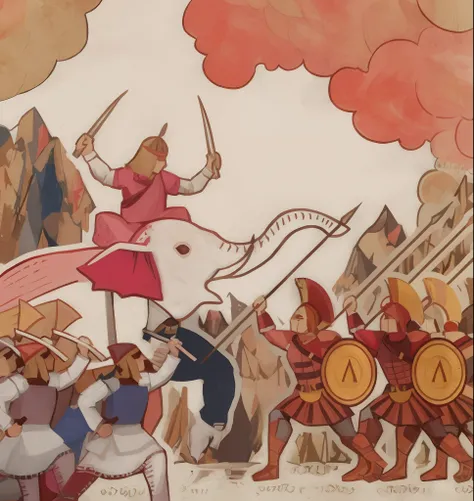Arafed relief of a man on a horse with a chariot
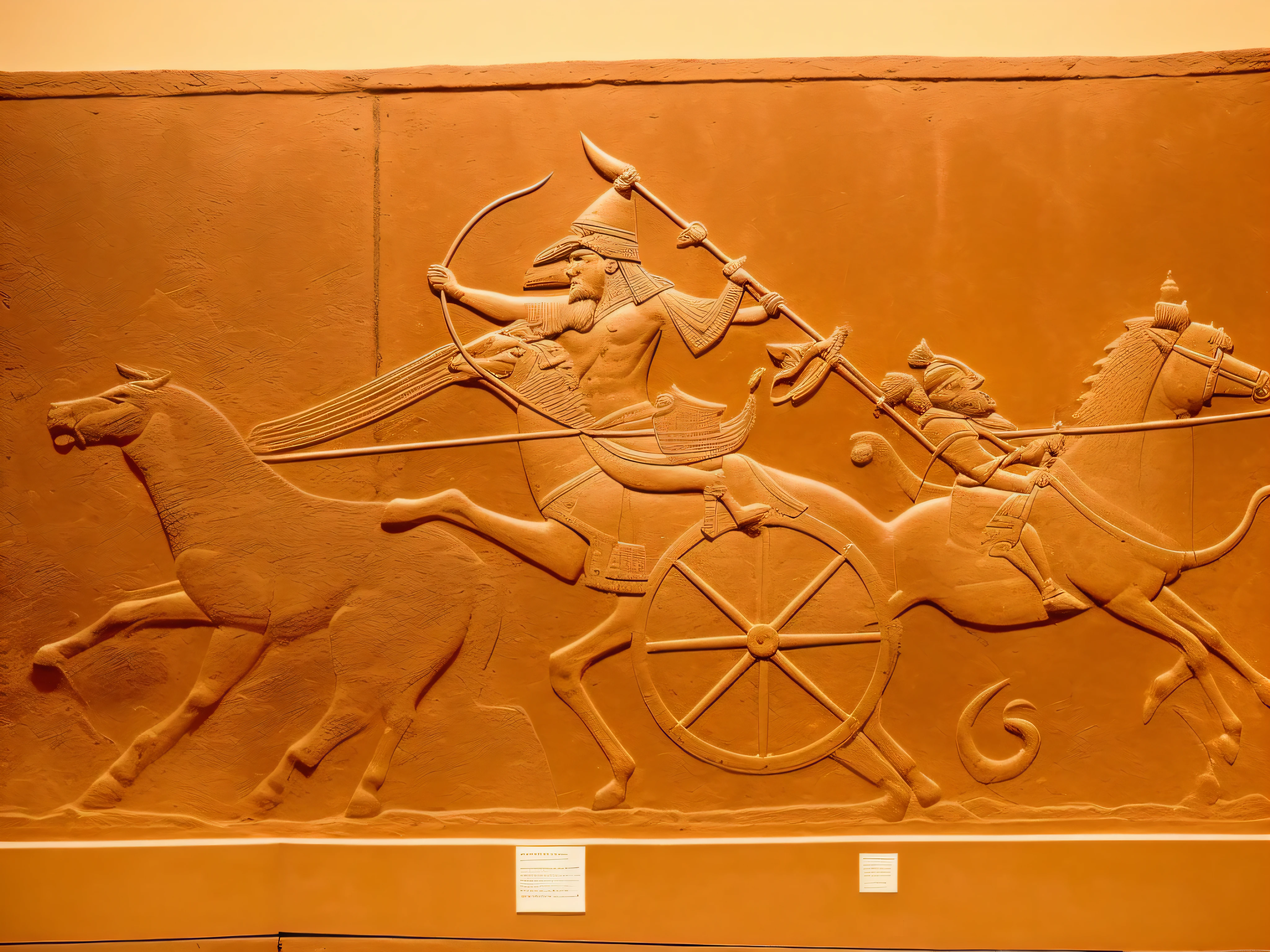

arafed relief of a man on a chariot with a horse and a man on a horse, assyrian, ancient mesopotamian warrior, bas - relief, museum piece, bas relief, stone relief, dissection relief, exhibited at the british museum, relief sculpture, artist unknown, displayed in a museum, royal relief, exhibited in the british museum This picture depicts a dramatic and lively scene from the Neo-Assyrian period, which depicts in detail a lion hunt – a popular and symbolically charged activity among Assyrian kings. Central to the composition is Ashurbanipal, the mighty king of Assyria, identifiable by his distinctive tall hat that exudes royal majesty and authority. He is depicted in a tank, a position that both symbolizes and physically manifests his leadership and dominance. I denna dynamiska scen ser vi Ashurbanipal i full aktion; he races around an arena, a place that is both a venue for entertainment and an expression of royal power. Med en båge i hand skjuter han pilar mot en rad lejon, the ultimate symbols of danger and courage. En av dessa pilar fångas i bild som den flyger genom luften, aimed at a wounded lion, which reinforces the image of an ongoing and intense hunt. Furthermore, the scene adds a sense of immediacy and tension by showing how the king's servants, som delar stridsvagnen med honom, actively defending against another lion. These servants, armed with spears, stands ready to defend his king against a lion who, even though it's hurt, attackerar med vad som verkar vara ren desperation. This moment of defense and attack not only depicts the physical courage and skill of these individuals but also emphasizes the constant presence of danger and death in this cultural practice. Created during the period approximately 645–635 BC.Kr., is this plaster wall panel not only a work of art but also a historical document that provides insight into the values of the Assyrian civilization, sociala strukturer och estetiska ideal. Det faktum att den
프롬프트
Copy prompts
arafed relief of a man on a chariot with a horse and a man on a horse
,
assyrian
,
ancient mesopotamian warrior
,
bas - relief
,
museum piece
,
bas relief
,
stone relief
,
dissection relief
,
exhibited at the british museum
,
relief sculpture
,
artist unknown
,
displayed in a museum
,
royal relief
,
exhibited in the british museum This picture depicts a dramatic and lively scene from the Neo-Assyrian period
,
which depicts in detail a lion hunt – a popular and symbolically charged activity among Assyrian kings
.
Central to the composition is Ashurbanipal
,
the mighty king of Assyria
,
identifiable by his distinctive tall hat that exudes royal majesty and authority
.
He is depicted in a tank
,
a position that both symbolizes and physically manifests his leadership and dominance
.
I denna dynamiska scen ser vi Ashurbanipal i full aktion
;
he races around an arena
,
a place that is both a venue for entertainment and an expression of royal power
.
Med en båge i hand skjuter han pilar mot en rad lejon
,
the ultimate symbols of danger and courage
.
En av dessa pilar fångas i bild som den flyger genom luften
,
aimed at a wounded lion
,
which reinforces the image of an ongoing and intense hunt
.
Furthermore
,
the scene adds a sense of immediacy and tension by showing how the king'
;
s servants
,
som delar stridsvagnen med honom
,
actively defending against another lion
.
These servants
,
armed with spears
,
stands ready to defend his king against a lion who
,
even though it'
;
s hurt
,
attackerar med vad som verkar vara ren desperation
.
This moment of defense and attack not only depicts the physical courage and skill of these individuals but also emphasizes the constant presence of danger and death in this cultural practice
.
Created during the period approximately 645–635 BC
.
Kr
.,
is this plaster wall panel not only a work of art but also a historical document that provides insight into the values of the Assyrian civilization
,
sociala strukturer och estetiska ideal
.
Det faktum att den
정보
Checkpoint & LoRA

Checkpoint
Deliberate
0개의 댓글
0
0
0




